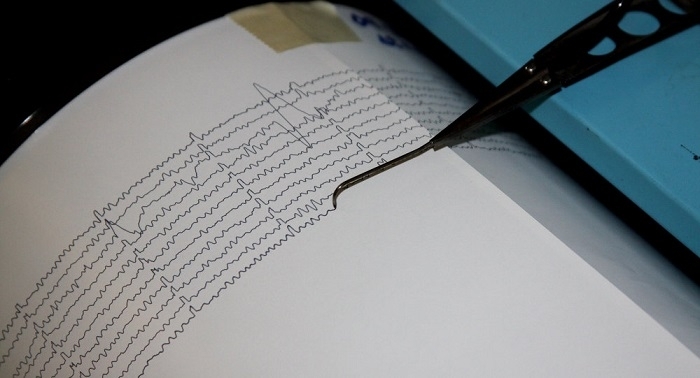Most of the injured people were hurt while escaping to the outdoors in panic, a medical official told Tasnim news agency.
Assessment teams of Iran's Red Crescent Society have been dispatched to the site of earthquake, Kourosh Mahmoudian, the governor of Gilangharb, told Tasnim.
Some residential buildings and cattle farms were damaged and rockfall blocked the roads in the area, Mahmoudian said.
The quake also affected the quality of drinking water in Gilangharb, he said, assuring that the local people will be provided sufficient high-quality drinking water.
The elementary schools and high schools will be closed in Gilangharb city on Monday, ISNA reported.
According to Iran's Seismological Center, the epicenter of earthquake was monitored at 34.16 degrees north latitude and 45.66 degrees east longitude with a depth of 10 km.
At least 15 aftershocks, ranging from 3.0 to 4.8 magnitude, have shaken the region so far, according to the center.
The earthquake was also felt in neighboring Lorestan province as well as in Iraq.
In November 2017, 211 Iranians died in a 7.3-magnitude earthquake that hit the Iranian-Iraqi border in Sar pol Zahab area.
More about: #Iran
















































